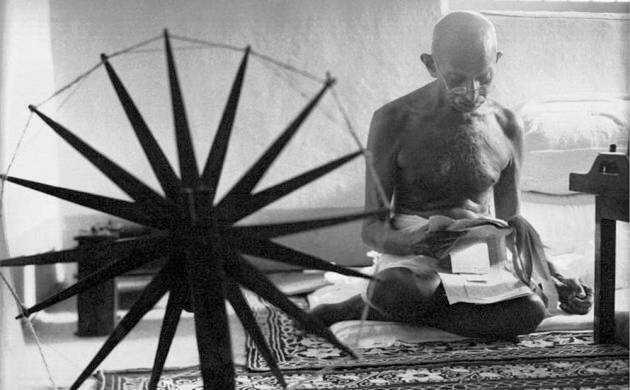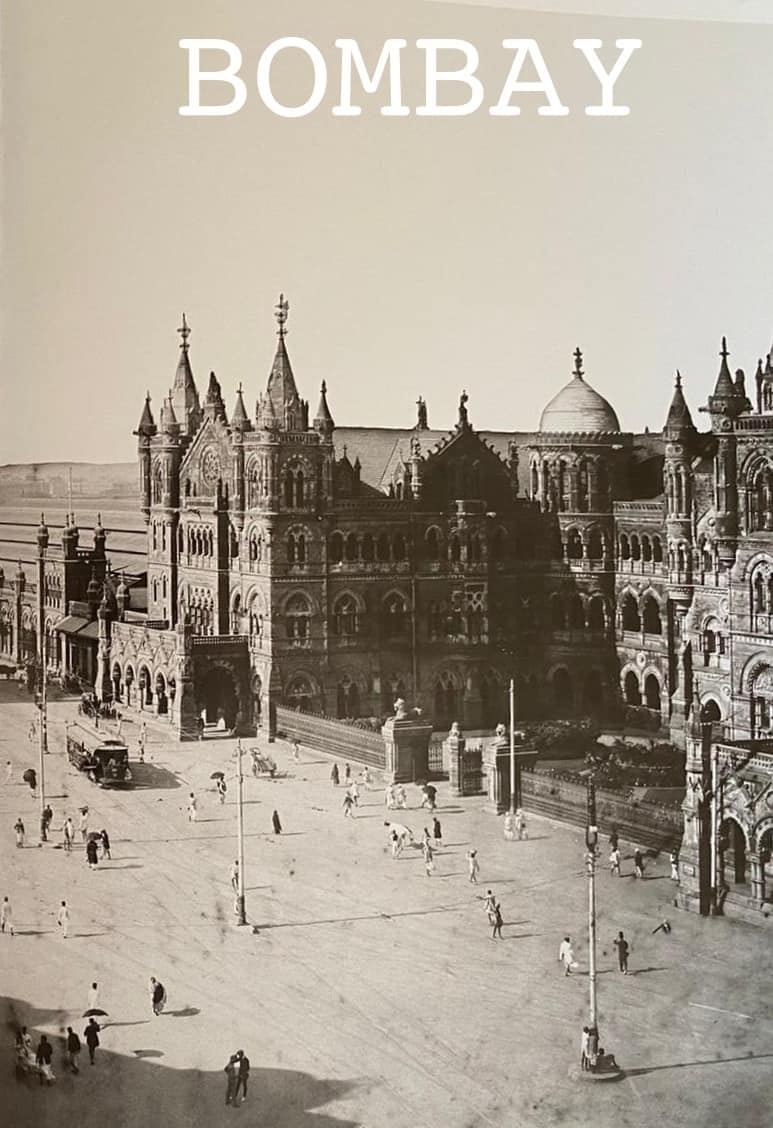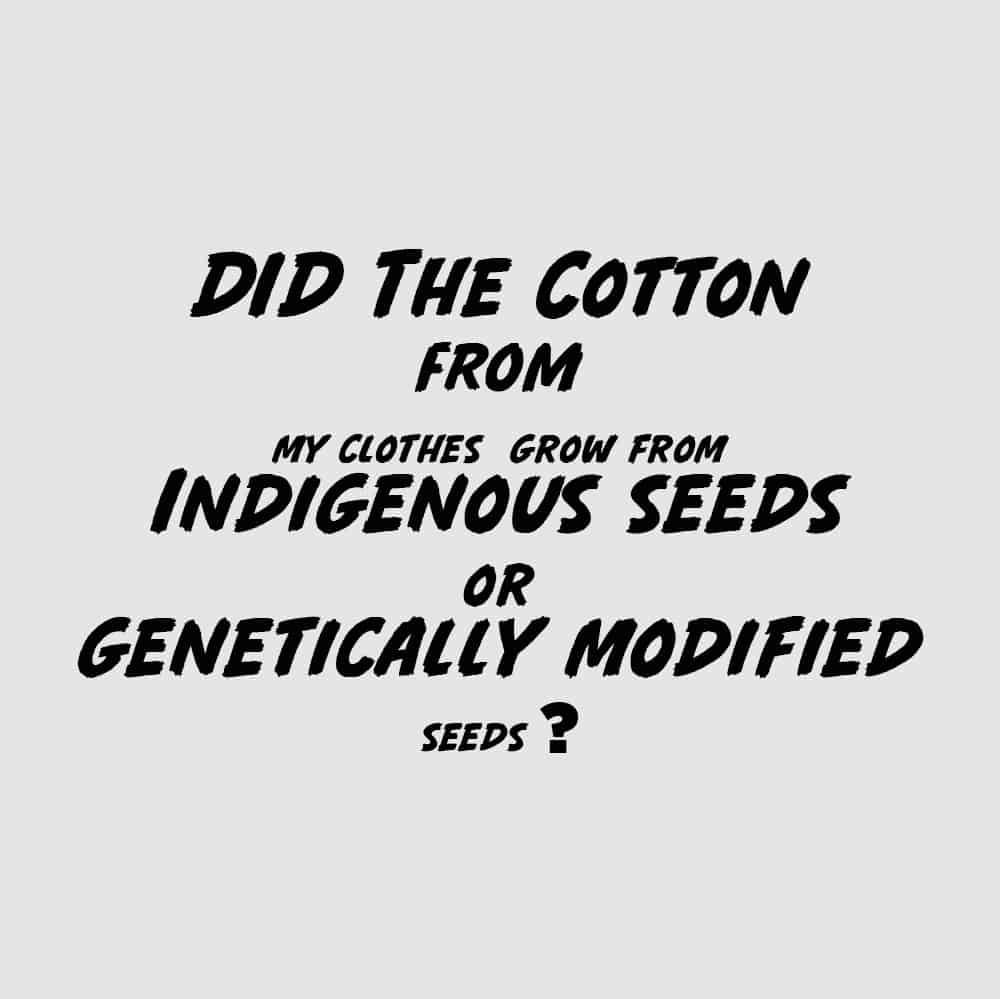[vc_row css_animation="" row_type="row" use_row_as_full_screen_section="no" type="full_width" angled_section="no" text_align="left" background_image_as_pattern="without_pattern" css=".vc_custom_1598414775574{padding-right: 15px !important;}" z_index=""][vc_column offset="vc_col-xs-12"][vc_column_text]
Indian Textile Trade History: In this article, we will examine the link between Mumbai's current urban landscape with its history in the cotton trade of India.
Mumbai, an urban city of luxurious skyscrapers and destitute slums, was built 400 years ago on seven islands. Before the European Influence, a community of fishers inhabited these seven islands. The Portuguese were the first to arrive here from Europe and strengthen their influence on the archipelago from 1534 onwards. Bombay's fate changed when it entered the rule of British East India Company (EIC) after it was given as a dowry from Portugal to Charles II of England and consecutively came under the influence of EIC.
 Gandhi and Sustainability: This November, I had the honor of attending guest lectures by Mr. Satish Kumar, an Indian British Activist, and Speaker. These classes were a part of my course ' Gandhi, Globalization and Earth Democracy' that I am pursuing at the Earth University, founded by another inspiring activist Dr. Vandana Shiva. Read more articles on Earth Democracy SERIES.
Gandhi and Sustainability: This November, I had the honor of attending guest lectures by Mr. Satish Kumar, an Indian British Activist, and Speaker. These classes were a part of my course ' Gandhi, Globalization and Earth Democracy' that I am pursuing at the Earth University, founded by another inspiring activist Dr. Vandana Shiva. Read more articles on Earth Democracy SERIES.







